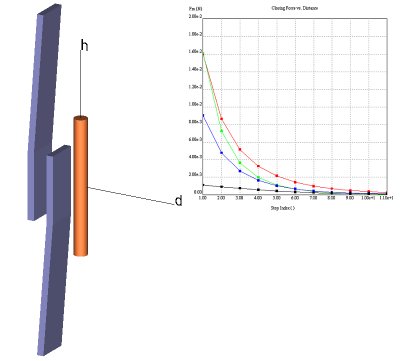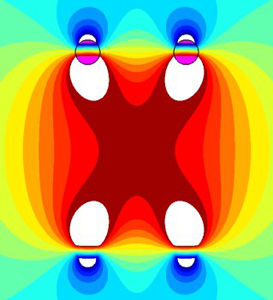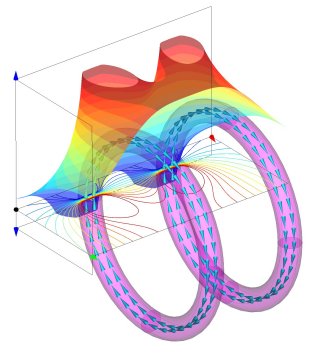-
- Actuators
- Coil Design
- Electromagnetic Brakes & Clutches
- Inductors
- Levitators
- MRI
- Motors
- Alternators and Generators
- Electromagnetic Brakes and Clutches
- Sensors
- Loudspeakers
- Magnetic Encoding
- Relays and Contactors
- Solenoids
- Shielding
- Electromagnets
- Magnetic Bearings
- Magnetic Signatures
- Magnetic Fixtures
- Magnets
- Non Destructive Testing
- Particles
-
- Antenna Radiation Characteristics
- Simulation of an Airplane
- EM Simulation of a Desktop
- EM Compatability and EM Interference
- Cable Junctions and Terminations
- Filters
- Lightning Strikes
- Microwave Circuits
- Microwave Ovens
- MRI
- Near Field Analysis
- Radar Cross Sections
- Radio Frequency Cavities
- Reflector Antennas
- Sensors
- Ultra Wideband Antennas
- Waveguides
- Antennas
Permanent Magnets
Simulation in Permanent magnets is strongest feature of INTEGRATED Engineering Software programs. These are highly accurate and easy to use magnets design software programs, able to handle large and complex simulations routinely. They are used for calculation of magnetic fields caused by combination of local and/or distributed direct currents, permanent magnets and also external fields defined by boundary conditions.

Following magnetic parameters are calculated with high accuracy:
- Permanent magnet parameters: magnetic flux density, field intensity, potential, permeability, energy, self and mutual inductances, magnetic forces, torques, and other integral quantities
- Calculation of static magnetic fields caused by permanent magnets and also external fields defined by boundary conditions.
- Analyze permanent magnets and time dependent current sources simultaneously
For many low frequency magnetic problems Boundary Element Method (BEM) is a clearly superior solver. Finite Element Method (FEM) solver is also incorporated so that a user can obtain independent verification of a solution simply by switching the solver setting rather than having to create a whole new model in a separate program.

